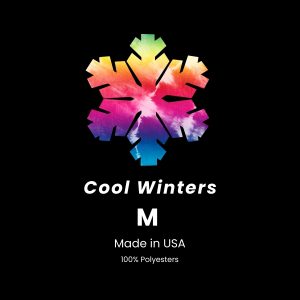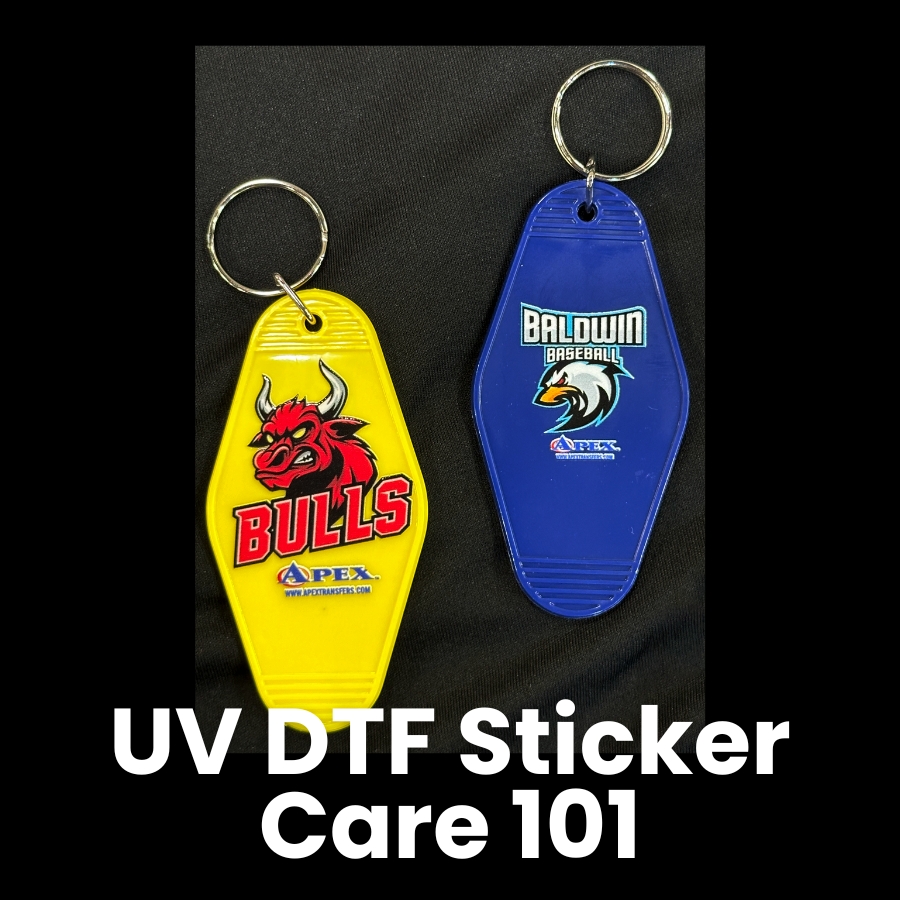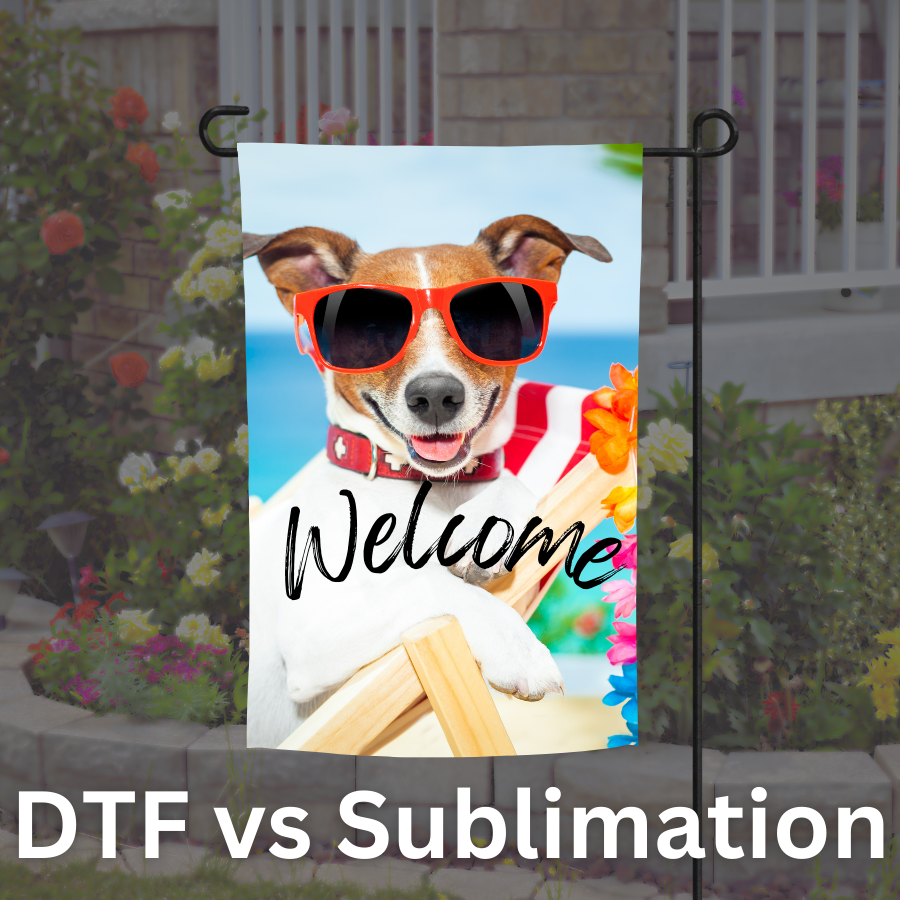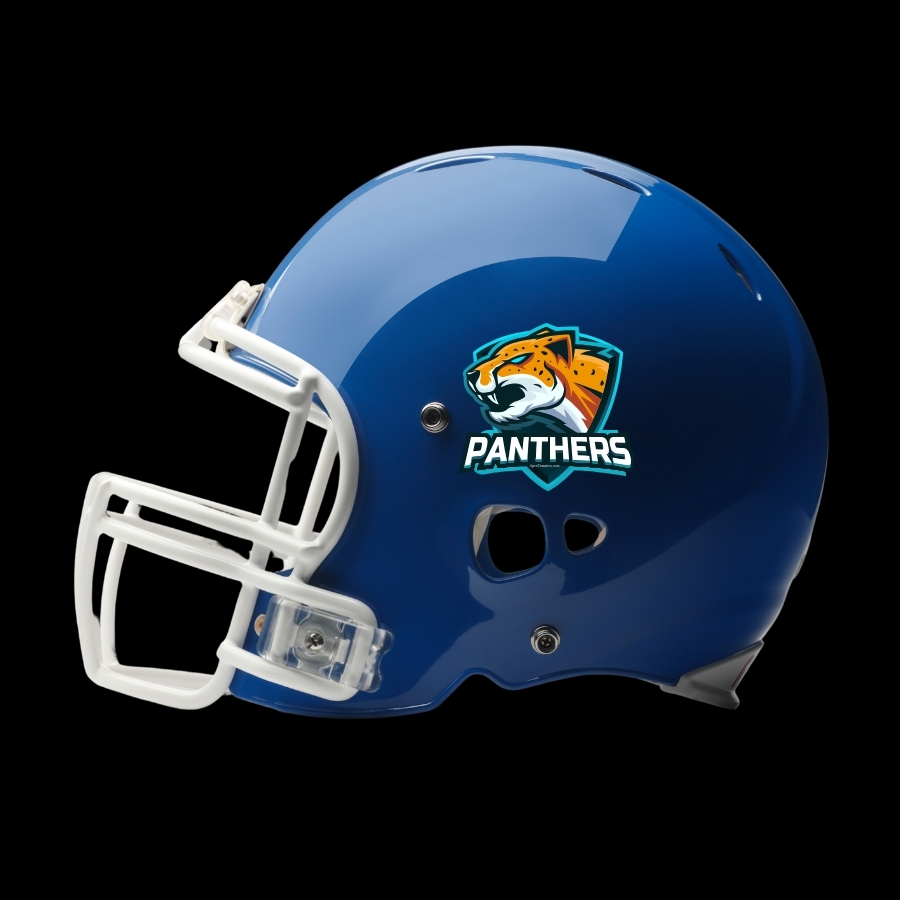Customizing apparel with tagless labeling is a favored method for enhancing brand visibility. When considering tagless labels, the primary choices are DTF (direct-to-film transfers) and screen print transfers.
Both methods boast vibrant colors and long-lasting durability. However, the best choice depends on the specific requirements of your project. In this article, we’ll explore the key differences between DTF and screen print transfers for tagless labels to help you determine the most suitable option for your needs.
What is Tagless Labeling?
Before we delve deeper into this article, let’s first define tagless labeling.
Tagless labeling involves applying a logo directly onto a garment and sealing it with heat. This method stands apart from traditional labeling in its application technique and offers several advantages. The primary benefits of tagless labels are increased comfort, improved appearance, and enhanced durability. These labels avoid the irritation often caused by traditional tags, boost the visual appeal of clothing, and remain intact through washes without fading or detaching.
DTF Vs. Screen Print Transfers for Tagless Labeling
Now that we’re clear on what tagless labeling is, let’s move on to choosing the right print transfer technique.
In this section of the guide, we will examine the main differences between screen print vs. DTF transfers.
Vibrant and Accurate Colors Vs. Precise Matching
First, let’s assess the color vibrancy and shade-matching accuracy between these two options.
DTF: Color Spectrum
DTF printing holds an advantage when it comes to the color spectrum. This method is widely known for color vibrancy as it uses CMYK printing (Cyan, Magenta, Yellow, Key Black).
Thus, this option is perfect for producing photorealistic logos or artwork with lots of color complexity. Screen print transfers might not be the best choice for wide-spectrum color production.
Screen Print Transfers: Accuracy in Every Hue
Even though screen print transfers are not the best for the production of wide-spectrum color logos/tags, these are perfect for specific color-matching. Screen print transfers use plastisol inks and the Pantone Matching System.
So, if you want a specific brand shade matching, then screen print is the right solution for you.
SMALL BATCH VS. BULK ORDERING
Another area to take into consideration when choosing between screen transfers vs DTF printing is whether or not you need a small batch or order in bulk.
DTF: Perfect for Small Batches
DTF printing is a good choice if you are planning to order in small volumes. It eliminates any costs associated with the screen setup. Thus, it is a cost-efficient solution for small-batch orders.
DTF printing also offers high-quality prints with vibrant colors and fine details, making it suitable for custom designs or limited-edition items. Additionally, DTF is known for its flexibility in printing on various fabrics, ensuring a durable and professional finish.

Screen Print Transfers: Ideal for Large and Bulk Orders
Screen printing is slightly more expensive, as there is a fixed price for screen setup. However, this printing technique is more economical for bulk orders.
Screen printing is renowned for its longevity and ability to produce high-quality, durable prints. It is particularly effective for designs with fewer colors and large, solid areas, ensuring consistent and long-lasting results. This makes screen print transfers ideal for mass production, promotional merchandise, and apparel with simple, bold designs.
Soft Feel vs. Enhanced Breathability
When applying prints to fabric, it’s crucial to consider how they affect the material’s breathability and feel. Let’s explore which method excels in these aspects.
DTF: Smooth and Soft
DTF transfers are lightweight and offer a satin-like finish. Clothes with tagless labels printed using DTF transfers are comfortable against the skin.
Screen Print Transfers: Traditional Comfort with Breathability
Unlike DTF prints, screen print transfers create a thicker layer, giving them a more traditional feel on clothing. While they are less soft, they offer better breathability. This is due to the types of inks used, which keep clothes breathable even across large printed areas.
Detailed Designs: Crispness vs. Flexibility
We can’t overlook the importance of detail in printing now, can we?
With that in mind, let’s compare the level of detail in designs between screen printing and DTF transfers.
DTF: Handling Complexity with Finesse
DTF transfers can handle complex designs with ease and precision. This printing technique works for printing detailed art or realistic imagery, especially when multiple colors are involved.
Screen Print Transfers: Sharp and Clear Details
While DTF printing effectively captures details, screen printing excels in producing sharper lines and crisper details. Small text, fine lines, and intricate details are more precisely transferred to the material with screen print transfers.
Ease of Application
Finally, when choosing between DTF print transfers and screen printing, you should also consider the ease of application. Even though both transfers are easy to apply and require heat press, there are certain differences.
DTF: Lower Temperature Application
DTF transfers can be easily applied to apparel using a commercial-grade heat press, starting at a minimum temperature of 275°F. The lower heat requirement for DTF pressing can be quite advantageous, especially for tagless labeling on materials prone to scorching.
Screen Print Transfers: Time Efficiency
For screen print transfers, the required temperature starts at 310°F, which may not be suitable for heat-sensitive fabrics. However, it’s important to note that screen printing takes less time than DTF printing. Therefore, if you’re on a tight deadline, screen printing is the better option.
For screen print transfers, the application temperatures can also be applied between 275°F – 310°F. It’s important to consult your Apex sales representative to be sure you get the correct adhesive before placing any order. For larger orders, there may be options to have each label individually cut, thus saving time vs DTF transfers, which come uncut on a roll.

Making the Right Choice
At the end of the day, both printing methods provide sufficient benefits and qualities. The final choice should depend on the specific needs of your project.
If you still haven’t identified which method is more suitable for you, contact us and receive a free consultation. Apex Transfers provides high-quality printing services and guarantees customer satisfaction.



